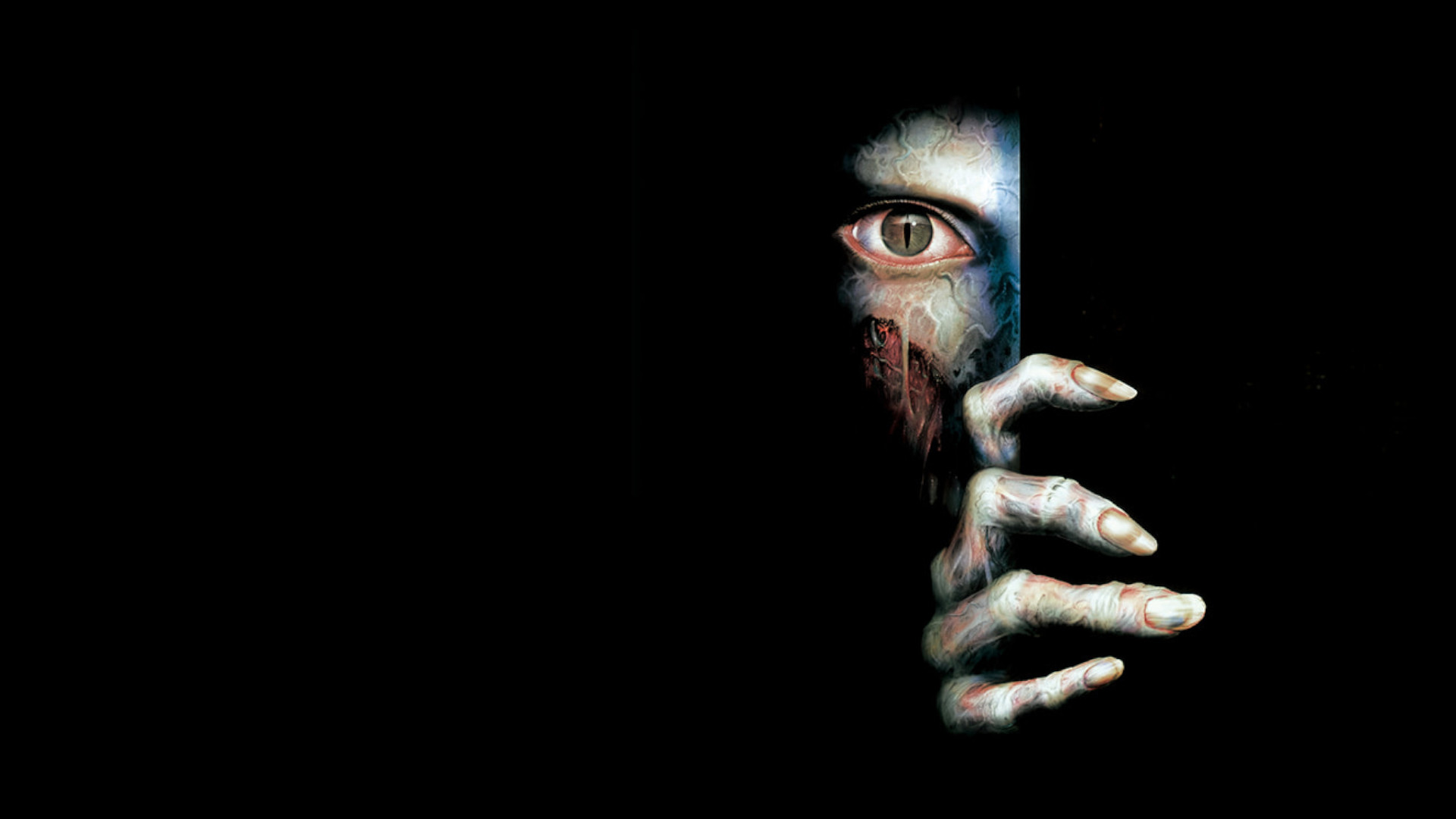
(Image credit: Capcom)
For those enamored with the original Resident Evil, the Director’s Cut in 1997 was eagerly awaited. While the core game intrigued with its added modes and new twists, the excitement centered on a bonus: the tantalizing demo of Resident Evil 2. More insights into this can be found on GameSpot.
Finally, fans could delve into Capcom‘s long-teased sequel, stepping into the aftermath of the ‘mansion incident’. Within this preview, players met new protagonist Leon Kennedy, a fresh-faced cop thrust into the chaos of Racoon City’s undead turmoil. Unlike its predecessor, the sequel plunged players directly into the chaos, faced with flaming, ravenous zombies on city streets. Racing through alleys and encountering the ill-fated Kendo in a gun shop, players reached the relative safety of the Raccoon City Police Department.
The brief 20-minute demo showcased the talent of producer Shinji Mikami, director Hideki Kamiya, and their skilled team. Zombies, still a novel terror then, became the undoubted stars. Their varied appearances, including female zombies, and lifelike reactions to gunfire—where powerful weapons could dismember them—marked significant advancements. For more features, consider subscribing to Retro Gamer magazine.
Overall character animations improved alongside richly detailed pre-rendered backgrounds, most vividly in the ruins of the cityscape and the atmospheric police department. To the surprise of many, the demo differed significantly from earlier previews, highlighting that the original sequel, known unofficially as Resident Evil 1.5, was axed and reimagined to tackle quality issues.
This creative overhaul delayed the release to early 1998, with some suggesting that the Resident Evil: Director’s Cut was marketed to soften the wait. Regardless, it was evident that Capcom was determined to build a franchise juggernaut, with the Resident Evil series gaining momentum.
Upon its eventual launch, the sequel delivered with grandiosity. Players controlled Leon and Claire Redfield, Chris’s sibling from the earlier game, split across two discs for broader adventures. Each character offered two scenarios, presenting the opportunity to experience the game four times with distinct outcomes—including the formidable Mr. X, highlighted as a tyrant in a trench coat.
Capcom emphasized the zapping system, where decisions in one scenario influenced the next, but this feature fell marginally flat. Far more engaging was the encounter with the oversized sewer alligator: Ignite it and find peace in the tunnels on your next run or use bullets and face it again. This inventive play earned the game comparisons to blockbuster films, as critically acclaimed by reviewers like Rick Sanchez on IGN.
As reviews unveiled, Capcom was hailed for its atmospheric mastery. IGN praised the graphics, sound effects, and music that melded seamlessly for player immersion. Yet critiques lingered—like the challenging aiming and lackluster puzzles—and the idea that the game could be breezed through in a rental period. Steve Key, reviewing for Computer & Video Games, echoed that the sequel was fantastic but fast to finish.
Despite any critiques, the game reached monumental success, reflected in PlayStation sales hitting five million. Capitalizing on this, Capcom added enhancements with the DualShock version, introducing analogue controls and new modes like Extreme Battle.
Notably,
Resident Evil 2 continues to be a cornerstone of survival horror, its legacy thriving across platforms. Every player engagement, whether through the retro charm of the PS1 or the intensified terror of the remake, captures the timeless essence of the horror genre.